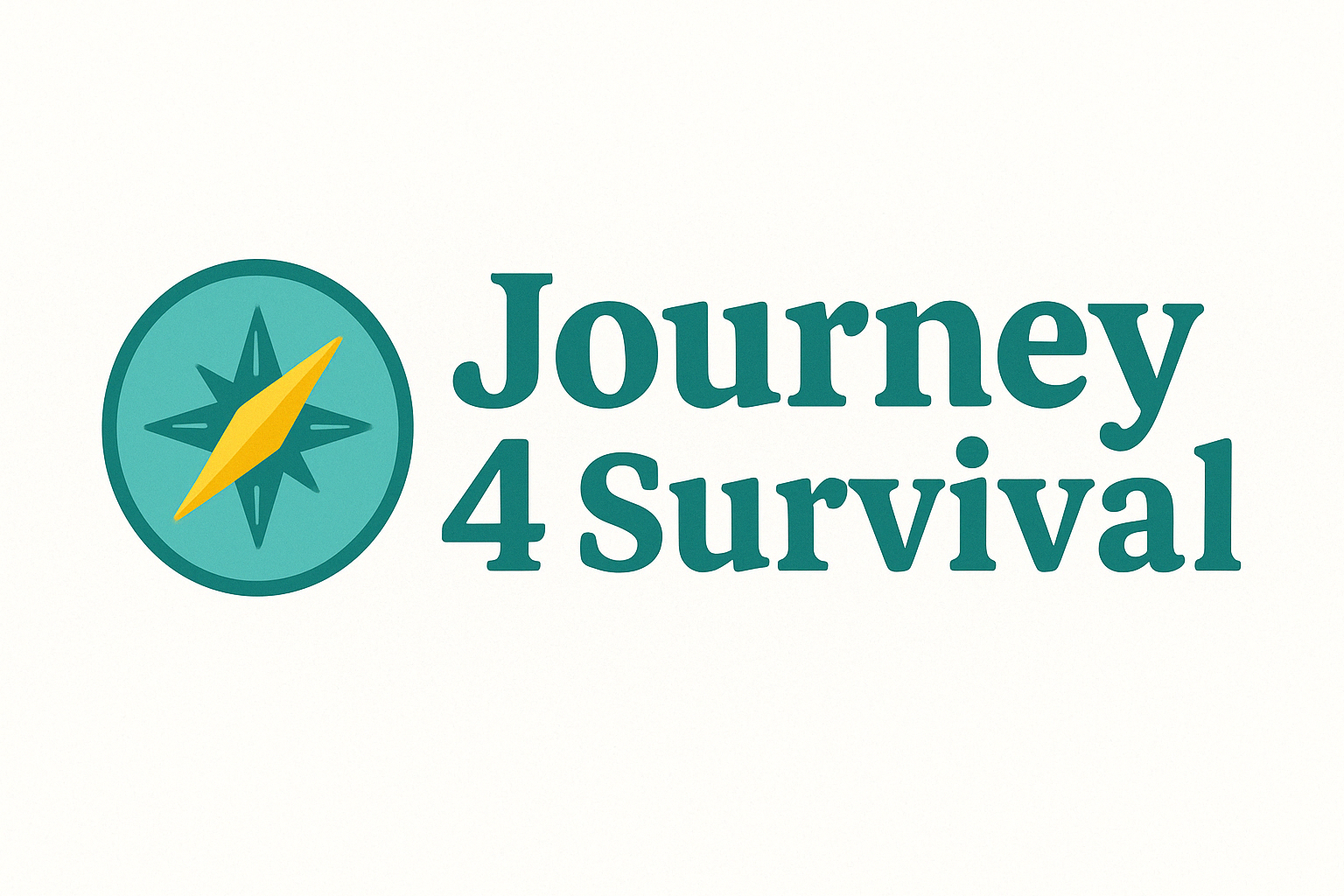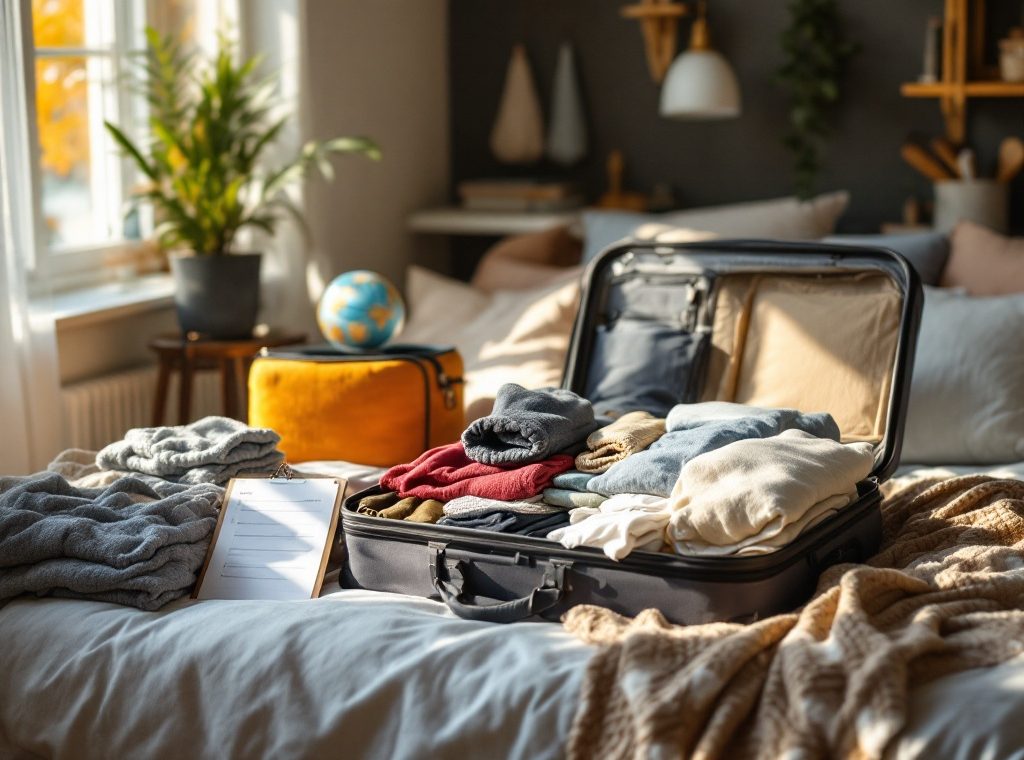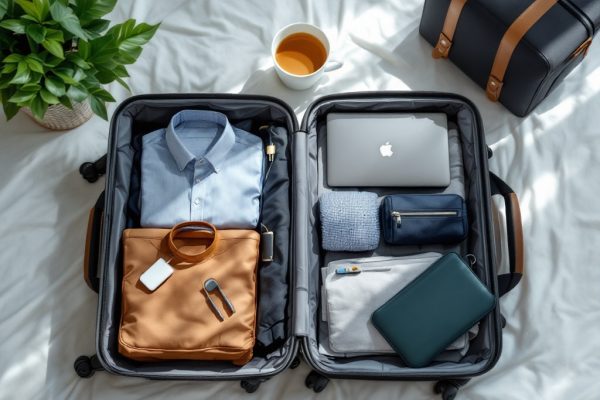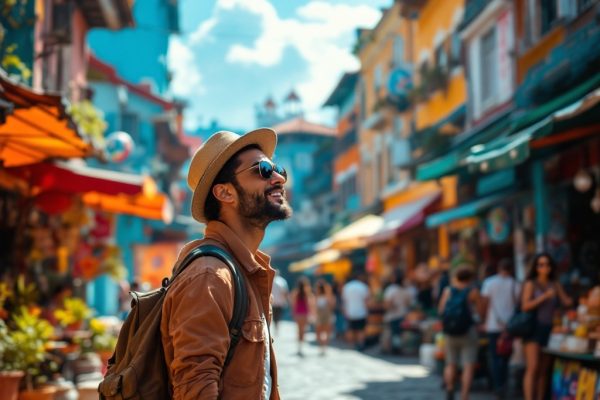Packing Timeline: When and How Early You Should Pack for a Trip
Dreading the pre-trip packing scramble? Discover stress-free packing strategies and timelines to transform your travel prep. Learn how to pack efficiently for any trip, from weekend getaways to extended vacations. Explore expert tips, including packing cube organization and customized checklists, to minimize travel anxiety and maximize your enjoyment. Start planning your next adventure today!
Important information
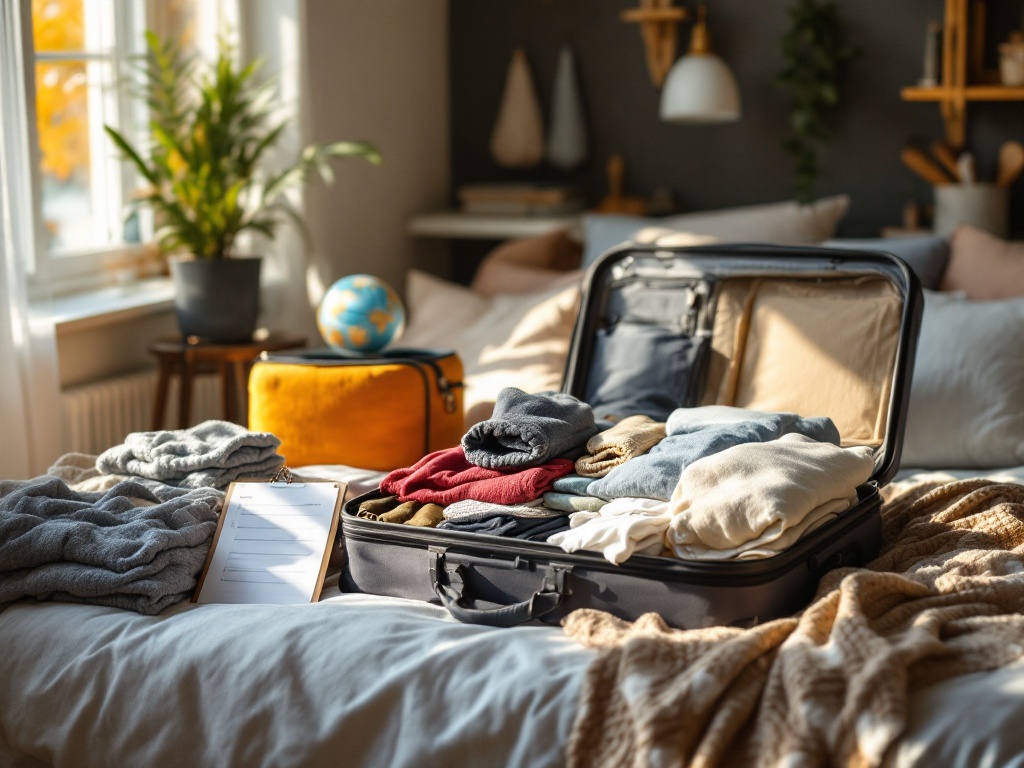
- Start packing 1-2 weeks before extended trips, and about a week before shorter trips.
- Begin active packing 3-5 days in advance to organize outfits and adjust for weather.
- Create a detailed packing list categorized by clothing, toiletries, electronics, and documents.
- Use packing cubes for efficient organization and space-saving.
- Finalize packing the day before, including essential toiletries, chargers, and travel documents. Double-check your luggage weight.
Packing Timeline: When and How Early You Should Pack for a Trip
For extended vacations, start packing one to two weeks prior.
For shorter getaways, start packing about a week before.
Ideally, begin packing 3-5 days in advance to coordinate outfits and adapt to weather changes.
Finalize your suitcase the day before, remembering essentials like toiletries and chargers.
Understanding the Ideal Time to Start Packing
Start packing about a week before your departure to minimize stress and ensure you have everything.
For extended trips, particularly international ones, start one to two weeks in advance. This allows ample time for list-making, purchasing any missing items, and coordinating outfits.
A few days prior, begin actively packing, organizing items by outfit or destination, and finalize your travel documents.
The day before, pack toiletries and chargers–essential last-minute items often overlooked.
Creating a Customized Packing List
Consider your trip details, including the location, duration, and planned activities.
Categorize your items into groups like clothing, toiletries, electronics, and documents.
Create a checklist to ensure you pack everything and minimize forgotten essentials. Check items off as you pack them.
Tailor your packing to the trip type. A beach trip calls for swimwear and sunscreen, while a business trip necessitates formal attire and a laptop.
Account for special needs based on your destination.
Packing Strategies for a Stress-Free Getaway
Start packing one to two weeks in advance. This minimizes stress and allows ample time to gather any forgotten items. A “trial pack” ensures everything fits comfortably in your luggage and contributes to a sense of preparedness, preventing last-minute anxieties.
Three to five days prior, gather essential toiletries, medications, and check your first-aid kit. Ensure you have essentials like bandages and pain relievers. Store these items in a travel cube for easy access and begin packing clothes, considering outfits and using packing cubes for efficient organization.
The day before departure, finalize all packing details. Confirm you have all necessary travel documents, chargers, and any destination-specific items. Pack any remaining necessities and double-check your luggage weight to avoid airport surprises and ensure a smooth departure.
Advanced Packing: Starting 1-2 Weeks Before Departure
Planning an extended trip? Start packing one to two weeks early to avoid last-minute stress and ensure you have everything you need. Forgetting essentials can disrupt your travel experience, so early preparation is key. Travel experts and studies highlight that packing in advance significantly reduces travel anxiety. One study even reported a 30% decrease in anxiety levels among those who packed ahead. This proactive approach sets the tone for a positive and enjoyable journey.
Preliminary Packing: 3-5 Days Before the Trip
Start packing three to five days before your trip. This lead time helps you concentrate on necessities and plan carefully, avoiding last-minute scrambling. A thoughtful packing process eliminates stress and ensures a smoother trip.
Finalizing Packing: 1 Day Before Departure
The day before your trip, do a final check of your travel documents to ensure everything is in order.
Pack your suitcase and zip it up, remembering often-overlooked essentials like your toothbrush and toothpaste.
Weigh your luggage to avoid any unexpected airline fees.
Packing Tips for Efficient Trip Preparation
One month before your trip, lay out your planned outfits and snap photos for a visual packing guide. Consider your trip’s duration, the expected weather, and your planned activities.
Two weeks before departure, do a practice packing run. Check your luggage weight and ensure everything fits. This is a good time to invest in packing cubes for optimal organization.
One week prior to your trip, review your toiletries and assemble a small first-aid kit. Ensure you have all essential medications.
A few days before you leave, pack the non-essential items you’ve identified.
The day before departure, pack all remaining items, including essentials like clothing, toiletries, chargers, adapters, your first-aid kit, and any necessary medications. Double-check your packing list and secure your home.
Packing cubes are a traveler’s best friend for organization. Prioritize your carry-on essentials by categorizing your belongings: clothes, toiletries, electronics, and important documents. A packing checklist can be invaluable.
Organizing with Packing Cubes and Carry-On Essentials
Packing cubes are a traveler’s best friend for organizing luggage. They neatly separate clothing into categories like shirts and pants, making it easy to find what you need while saving valuable space. Your carry-on should contain essential items for the flight and upon arrival.
Here’s what to pack in your carry-on:
- Medications.
- Travel documents.
- A few toiletries.
A small toiletry bag keeps these hygiene products readily accessible, speeding up security checks and allowing you to quickly freshen up during your trip.
Clothing Selection: Mix and Match for Versatility
Consider your destination’s climate and planned activities when choosing what to pack.
Neutral-colored clothing is recommended, easily complemented by a few vibrant tops or accessories.
Before you start packing, lay everything out and take pictures of various outfit combinations. This visual aid ensures you have enough options while preventing you from overpacking, allowing you to travel light and efficiently.
Enhancing Travel Preparation with a Packing Plan
Begin preparations about 6-8 weeks in advance, inspecting your luggage for any wear and tear.
Do a test pack two weeks before your trip to fine-tune what you’ll bring.
One week out, finalize your packing list, check the weather at your destination, and gather essential documents.
Start packing a few days prior to your departure.
Using packing cubes can help keep everything organized and minimize pre-trip stress.
Managing Packing Duration and Routine
Packing for a trip can be stress-free. Create a personalized timeline that suits your travel style and trip details to ensure a smooth packing process. Research shows that planning reduces travel anxiety, helping you pack efficiently and enjoy your trip more. Follow these steps:
One to two weeks before your trip: Start a packing list. This gives you ample time to buy any missing items.
Three to five days before: Pack non-essential items.
The day before departure: Pack essential items and conduct final checks.
This phased approach promotes organization and reduces pre-trip stress, ensuring you’re fully prepared for your adventure.
Specialized Packing Insights for Different Trip Types
Packing for an extended trip requires a delicate balance between essentials and comfort. Versatile, layered clothing is key, offering adaptability to various situations. Opt for luggage that’s both sturdy and easy to maneuver. A well-stocked first-aid kit and any necessary medications are crucial.
Pack travel-sized toiletries to save space.
Bring a reusable water bottle to stay hydrated.
Remember chargers for your devices and entertainment like books or downloaded films.
Don’t overlook comfort items like a travel pillow.
Pack familiar snacks for a taste of home.
Ensure you have essential documents, including your passport and any required visas.
Consider making copies of important papers for extra security.
Packing for Long Trips: Essentials and Creature Comforts
Ensure a smooth trip by packing these essentials:
- Passport and visas, for identification and entry requirements.
- Necessary medications, with prescriptions if needed.
- Basic first-aid kit, for minor injuries or ailments.
Enhance your travel comfort with these items:
- A good book or e-reader, to pass the time.
- Travel pillow, for neck support and better sleep.
- Noise-canceling headphones, to block out distractions.
Finding the right balance between necessities and personal items will ensure a comfortable and stress-free travel experience.
